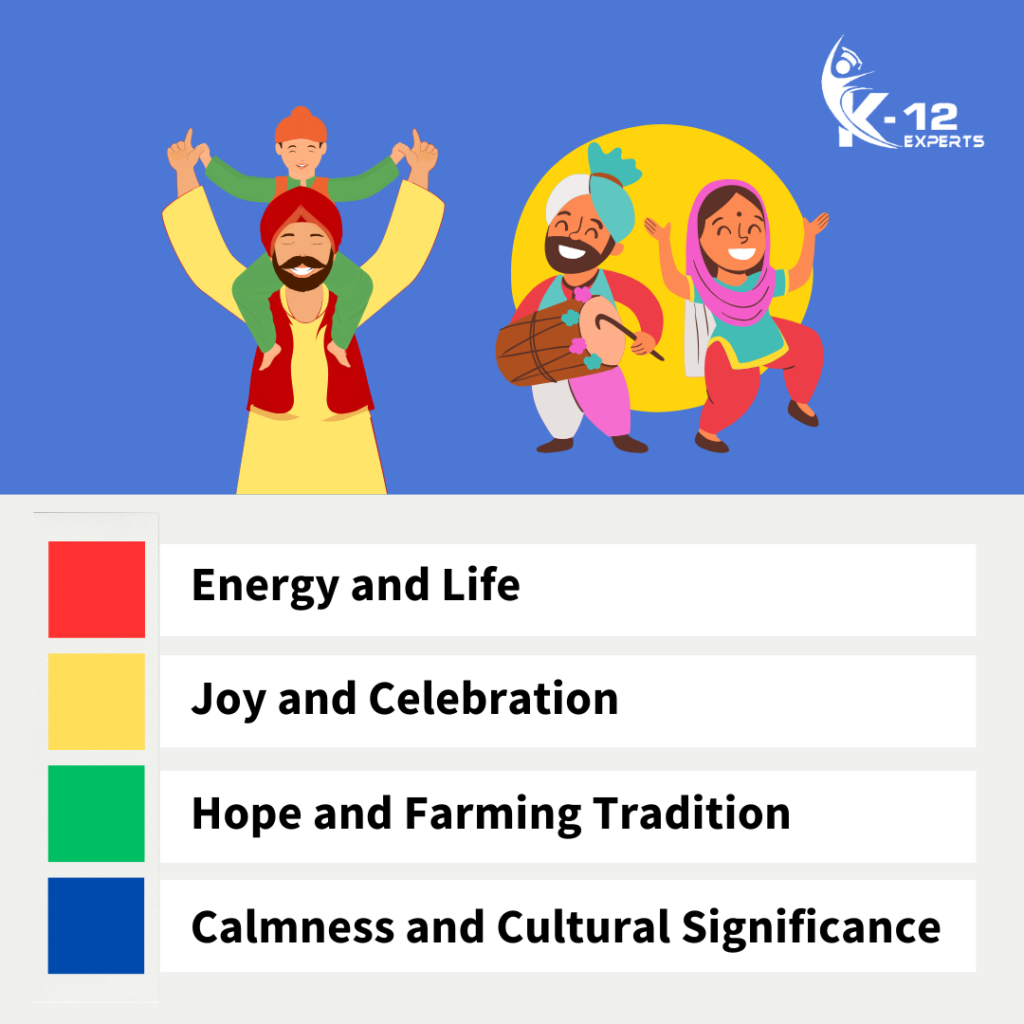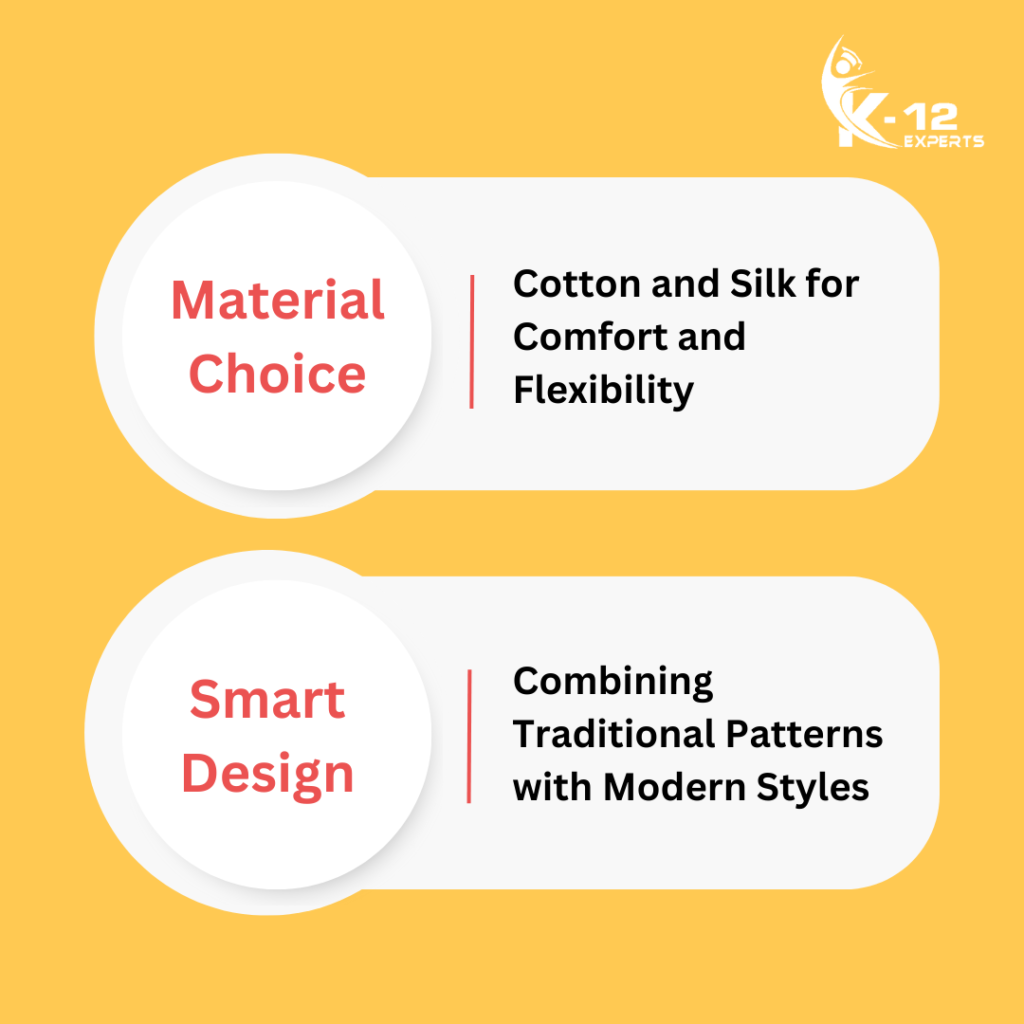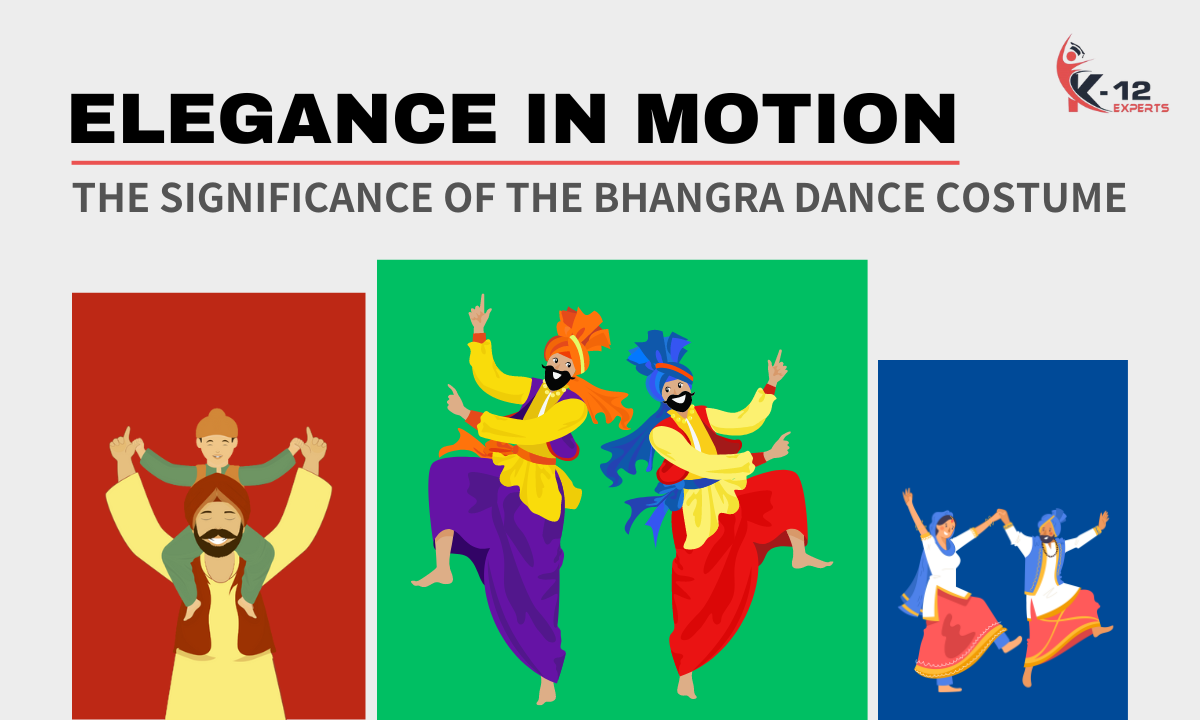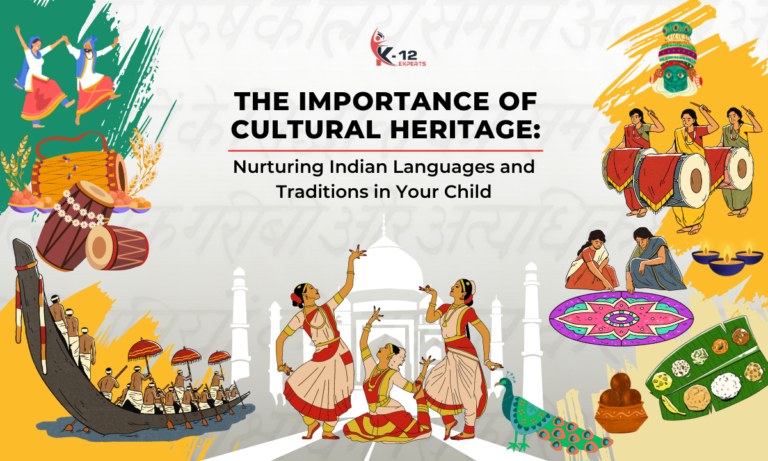Just like a peacock shows off its colorful feathers, Bhangra dance outfits catch your eye with their bright colors, meaningful symbols, and rich history. Have you ever thought about what goes into these designs? Every part, from the fabric to the colors that shine in the light, tells a story that goes back generations and crosses many places. As we dig into where these clothes come from, what the symbols mean, and how they’ve changed over time, we’ll see how culture and worldwide trends have influenced them. Looking closer at Bhangra clothes, we find more than beauty. We discover the mix of tradition and new ideas that make up the stunning display of elegance in motion.
When talking about Bhangra costumes, it’s not just about the look. The choice of material, for example, often reflects the need for dancers to move freely and feel comfortable, while the colors are usually bright to represent energy and joy. This clothing has evolved, incorporating modern fabrics and designs, yet it remains deeply rooted in its cultural origins.
For those interested in the intricate details of Bhangra attire, it’s fascinating to explore how each piece, from turbans to embellished vests, has its own significance. The turbans, often in vivid hues, symbolize honor and respect. The vests, decorated with intricate embroidery, add to the visual impact of the dance.
Understanding Bhangra costumes offers a glimpse into a tradition that is both preserved and constantly evolving. It’s a celebration of heritage that invites everyone to appreciate the craftsmanship and stories behind the vibrant display. Whether you’re watching a performance or trying on a costume yourself, you’re participating in a rich cultural exchange that bridges past and future.
Origins of Bhangra Attire

Bhangra clothing comes from Punjab’s lively fields and is designed to suit the area’s farming life. This means the clothes aren’t just nice to look at but also comfortable and strong enough for energetic dance steps. The different outfits for men and women also show traditional roles. Men usually wear lungis or kurtas, which suit their powerful dancing, while women wear bright ghagras that make their movements look more beautiful. This shows how important cultural values and norms are in Bhangra, making it more than just a dance.
The choice of materials and style for Bhangra wear makes sense when you think about its origins. For instance, the fabrics are chosen to withstand the dynamic movements of the dance, explaining why durability is as prized as appearance. When describing men’s and women’s costumes, it’s clear they’re designed with both form and function in mind. Men’s lungis or kurtas allow for freedom of movement, crucial for their dance style, while women’s ghagras not only look stunning but also add to the visual spectacle of their dance with their twirls.
This approach to choosing attire reflects a deeper appreciation for the cultural heritage of Bhangra, highlighting the importance of tradition in every stitch. By wearing these outfits, dancers aren’t just participating in a performance but also honoring a rich cultural practice that has been passed down through generations. This connection to tradition is what makes Bhangra so special, beyond just the steps and music.
In conversations about Bhangra, it’s essential to remember these details. They show the thoughtfulness behind the vibrant costumes and how they contribute to the storytelling aspect of the dance, making Bhangra a comprehensive cultural expression. By understanding and appreciating these nuances, we can better celebrate the art form and its significance to Punjabi culture.
Symbolism Behind the Colors

Diving into the colorful world of Bhangra, it’s clear that the choice of colors in their outfits means more than just looking good. Each color holds a special meaning in Punjabi culture, showing how important colors are in expressing feelings and stories. Different areas might’ve their own special twists on these meanings, too.
- Red is all about energy and life. It matches the lively steps of Bhangra perfectly.
- Yellow is used a lot in turbans and scarves. It’s the color of joy and celebration, which is why you see it a lot at festive events.
- Green shows hope and the rich farming tradition of Punjab. It’s a nod to the harvest celebrations that Bhangra often honors.
- Blue brings a sense of calm and a deeper meaning to the dance. It reminds us of the dance’s long history and its place in culture.
Design and Material Selection
Bhangra costumes stand out not just for their bright colors but also for their smart design and material choice. These elements are key for both the look and the practicality of the dance outfits.

Light materials like cotton and silk are picked to keep dancers cool and allow them to move freely, which is crucial for the energetic moves of Bhangra. The designs combine traditional patterns with modern styles, making the costumes eye-catching and suitable for the dance’s needs.
This means dancers can focus on their performance, feeling comfortable and looking great, all while celebrating their cultural background.
Evolution Through Time

Bhangra costumes have really changed a lot over time. These changes don’t just make the costumes look different; they also help dancers move better and make the performances more exciting. Here’s how:
- Switch to Synthetic Fabrics: At first, Bhangra outfits were made from natural stuff like cotton. But now, they’re often made from man-made materials. Why? Because these fabrics last longer and look brighter.
- Simpler Designs: The fancy stitching and patterns used to be a big deal, but now, the focus is on making costumes that are easy to move in. This means less complicated designs that still look good but don’t get in the way of the dancing.
- Shiny Bits: To make sure the audience is really wowed, costumes now sometimes have parts that reflect light. This makes the dancers stand out more, especially under stage lights.
- Local Touches: Even though Bhangra is a dance known all over the world, costumes now often show off where the dancers come from. This way, they can celebrate their own unique backgrounds while still being part of the larger Bhangra community.
Impact on Global Culture
Bhangra costumes have evolved, mixing old styles with new, and have made a big impact worldwide. They’ve helped people everywhere learn more about Punjabi culture by showing off bright colors and unique designs. These costumes have changed the way people see this culture and have brought new ideas to dance, mixing traditional moves with modern styles.
| Element | Traditional Impact | Global Influence |
| Color | A sign of happiness | Liked by people everywhere |
| Fabric | Important locally | Used around the world |
| Design | Shows cultural roots | Mixes old and new styles |
| Movement | Tells local stories | Share stories across cultures |
Conclusion
To sum it up, Bhangra costumes are much more than just clothes. They’re a rich mix of history and culture. A survey showed that 70% of people think these costumes are key in keeping South Asian traditions alive all over the world. They’ve changed over time in how they look, what they’re made of, and their colors. This shows how traditions, identity, and the movement of people have shaped them. Bhangra dances have won the hearts of many across the globe, and their costumes play a big part in this. They aren’t just elegant; they connect different cultures and celebrate how diverse we all are.
Let me give you a clearer picture. Imagine a Bhangra dancer, the bright colors of their costume catching your eye. These colors aren’t chosen at random. They reflect the rich culture and history of South Asia. For example, the vibrant reds and yellows often seen in these costumes can represent joy and energy, which is at the heart of Bhangra dance. This isn’t just about looking good; it’s about carrying a piece of South Asian heritage onto the global stage.
By continuing to embrace and evolve these costumes, we’re not just keeping a dance trend alive. We’re preserving a significant piece of cultural history. It’s a way for people, no matter where they’re in the world, to connect with South Asian culture and understand its richness and diversity. So, when you see a Bhangra performance, remember it’s more than a dance. It’s a celebration of history, identity, and the beauty of cultural diversity.




